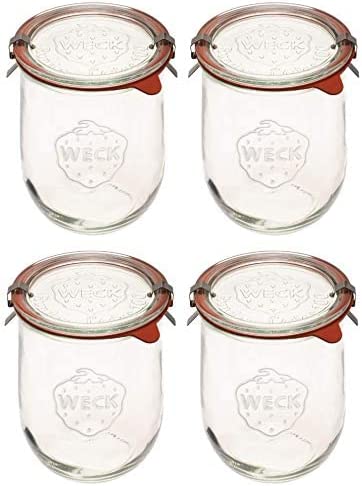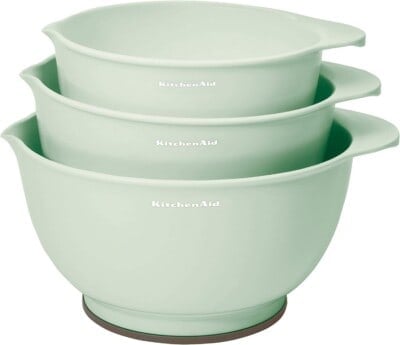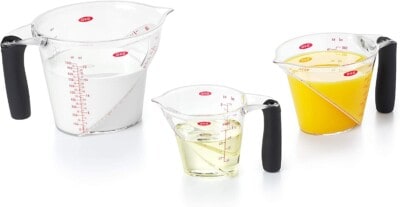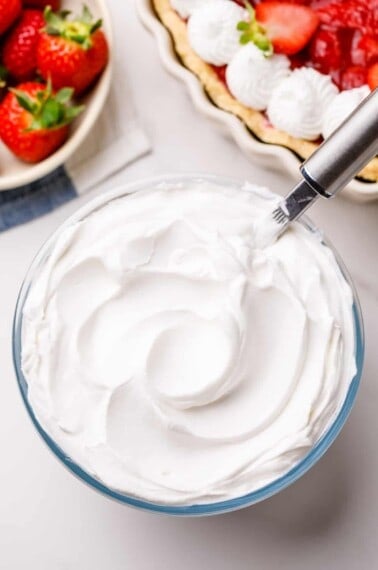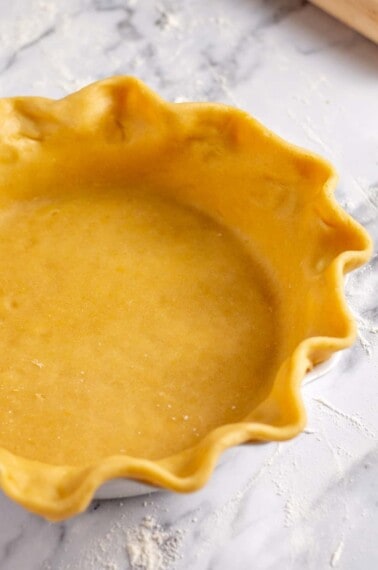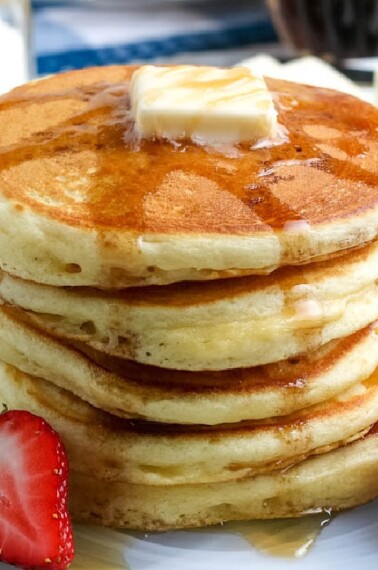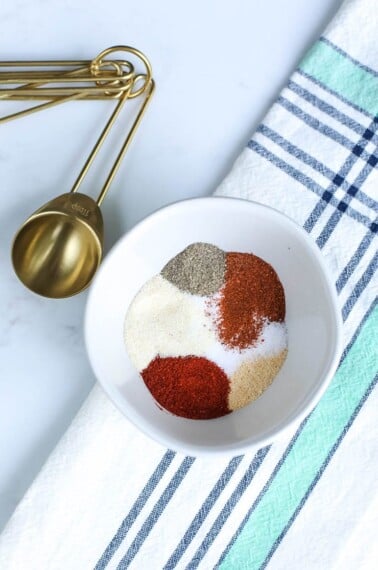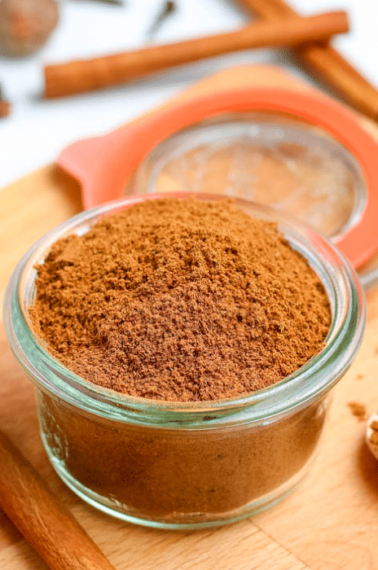Learn how to make a sourdough starter at home with just three ingredients for the perfect sourdough bread!
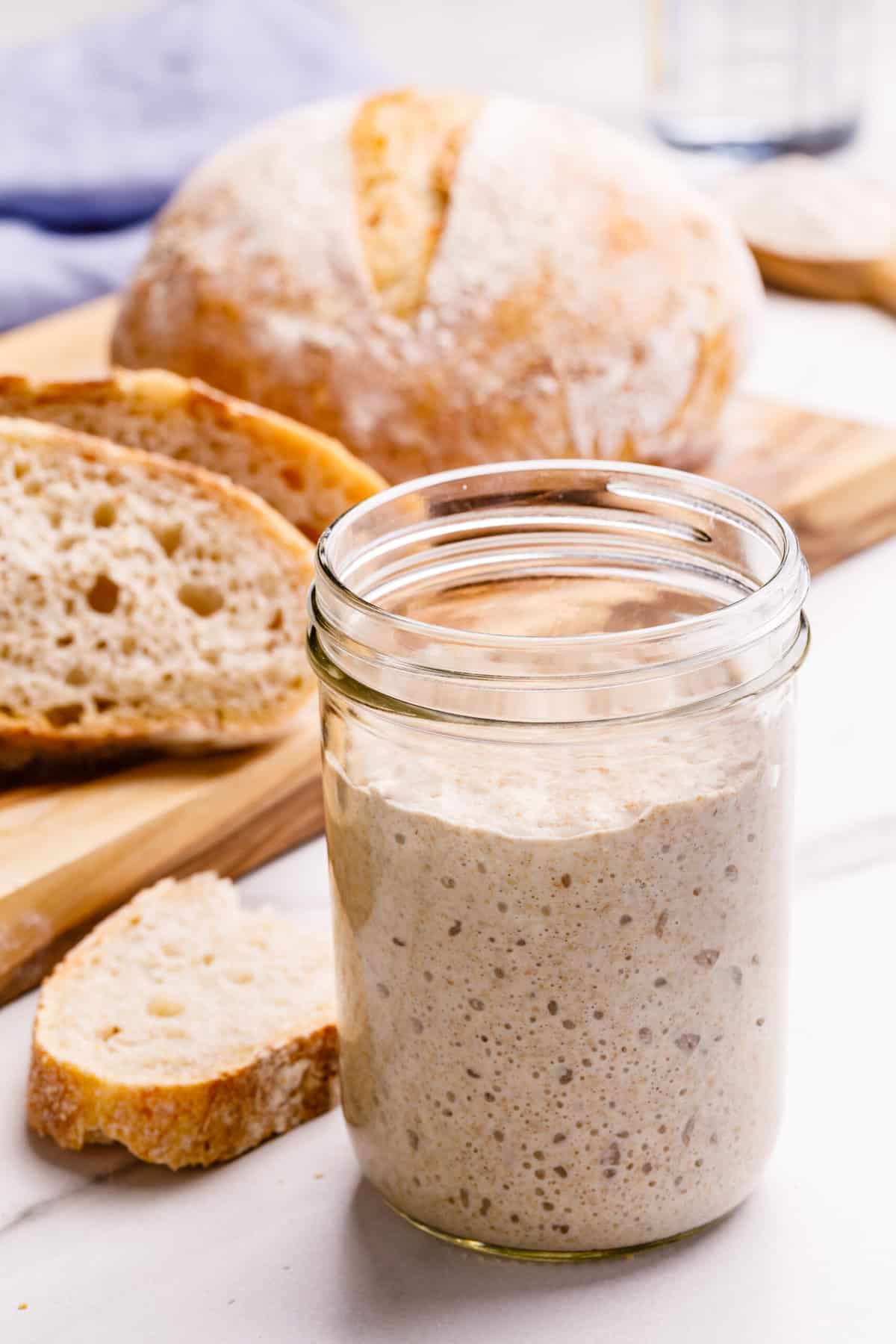
Pin this recipe now to save it for later
Pin RecipeSourdough Starter Recipe
A sourdough starter is a collection of flour and water that ferments. The fermentation process creates a culture of wild yeasts.
This culture is what ultimately leavens sourdough bread. The mixture contains lactic acid bacteria and yeast, which creates the characteristic sour flavor and spongy texture. Meanwhile, other types of bread, such as soft dinner rolls or white sandwich bread are leavened with active dry yeast or instant yeast.
You can purchase sourdough starters online or even from local bakeries (or home bakers in your neighborhood!). However, there’s no need to do that when you can just make it yourself at home.
You’ll need a little bit of patience. You can’t make the starter and then make a loaf of bread right away! But, it’s the kind of kitchen project that makes you feel like you’ve accomplished something huge.
When it’s ready, check out my recipe for Sourdough Bread to put your starter to good use!
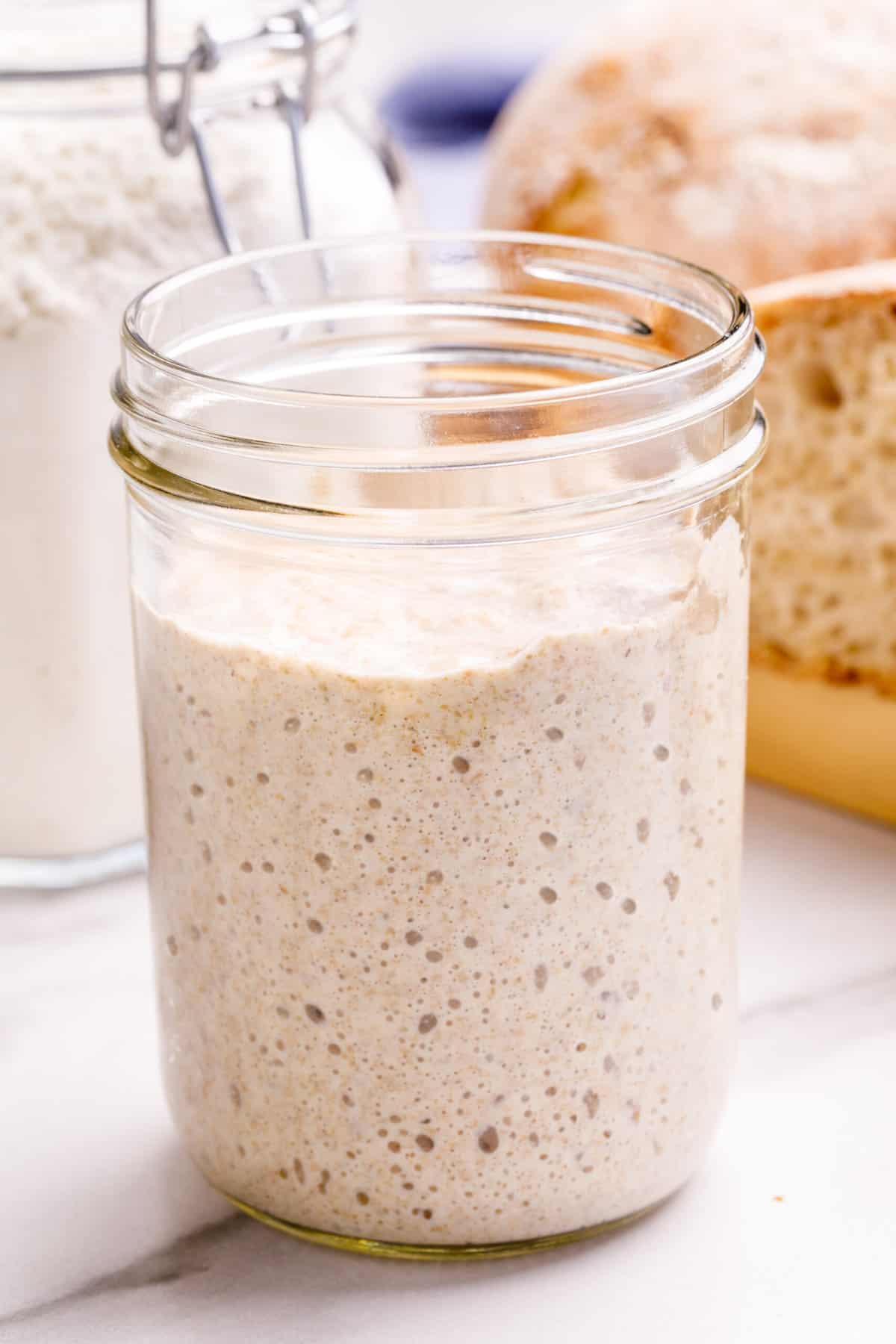
Sourdough Starter Recipe
You can purchase sourdough starters online or even from local bakeries (or home bakers in your neighborhood!). However, there’s no need to do that when you can just make it yourself at home.
You’ll need a little bit of patience—you can’t make the starter and then make a loaf of bread right away! But, it’s the kind of kitchen project that makes you feel like you’ve accomplished something big.
When it’s ready, check out my recipe for Sourdough Bread to put your starter to good use!
Ingredients for Sourdough Starter
See recipe card below this post for ingredient quantities and full instructions.
To print: see recipe card below
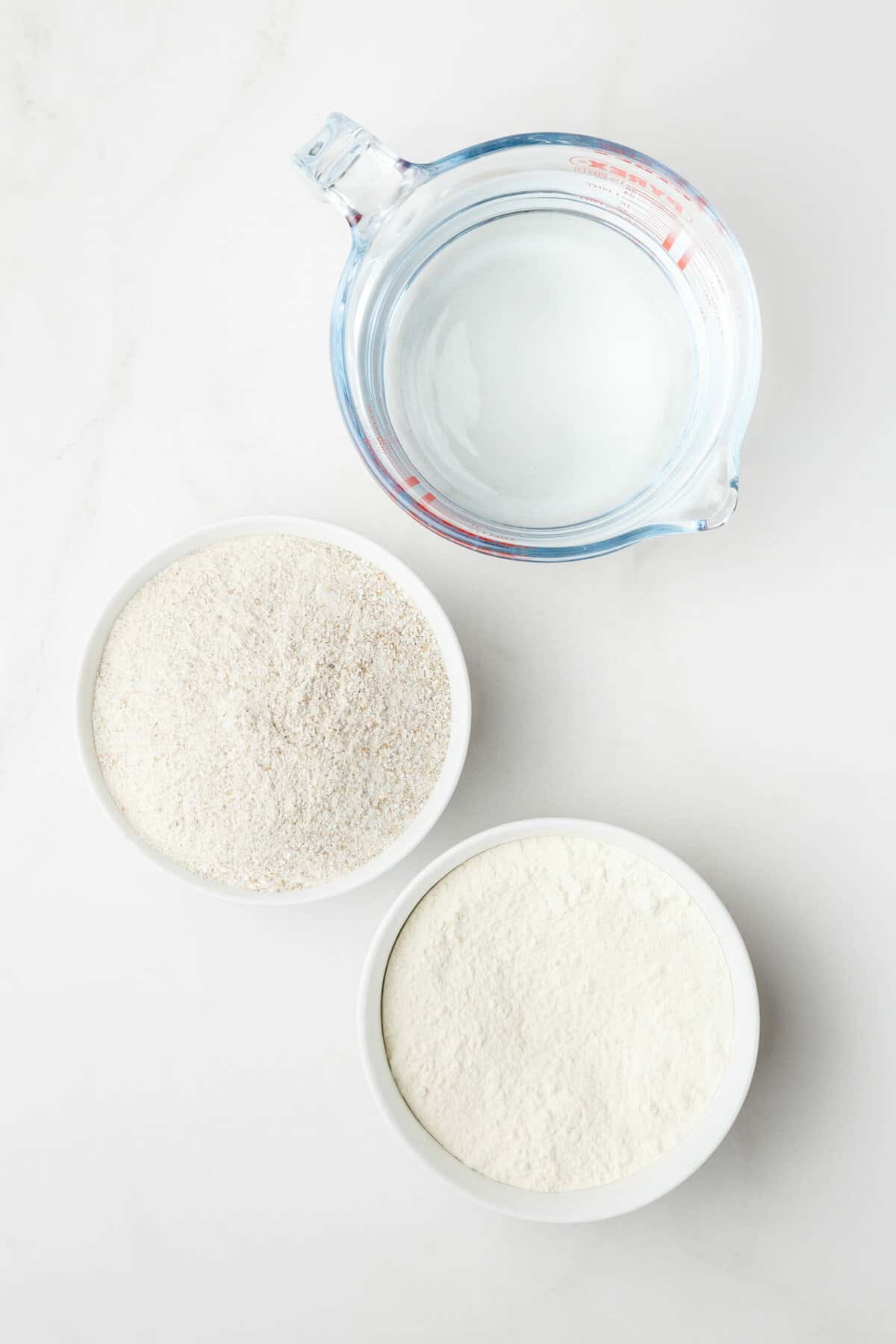
- 300 grams unbleached bread flour – I use King Arthur flour. Bread flour has more gluten than all-purpose flour, whole wheat flour, or other whole-grain flour varieties. As a result, it gives the bread a chewier texture.
- 400 grams whole grain rye flour
- 800 grams water – If you’re using tap water, let it sit uncovered in a large container overnight. This step will allow any chlorine to dissipate. Alternatively, you can also use bottled or filtered water, too.
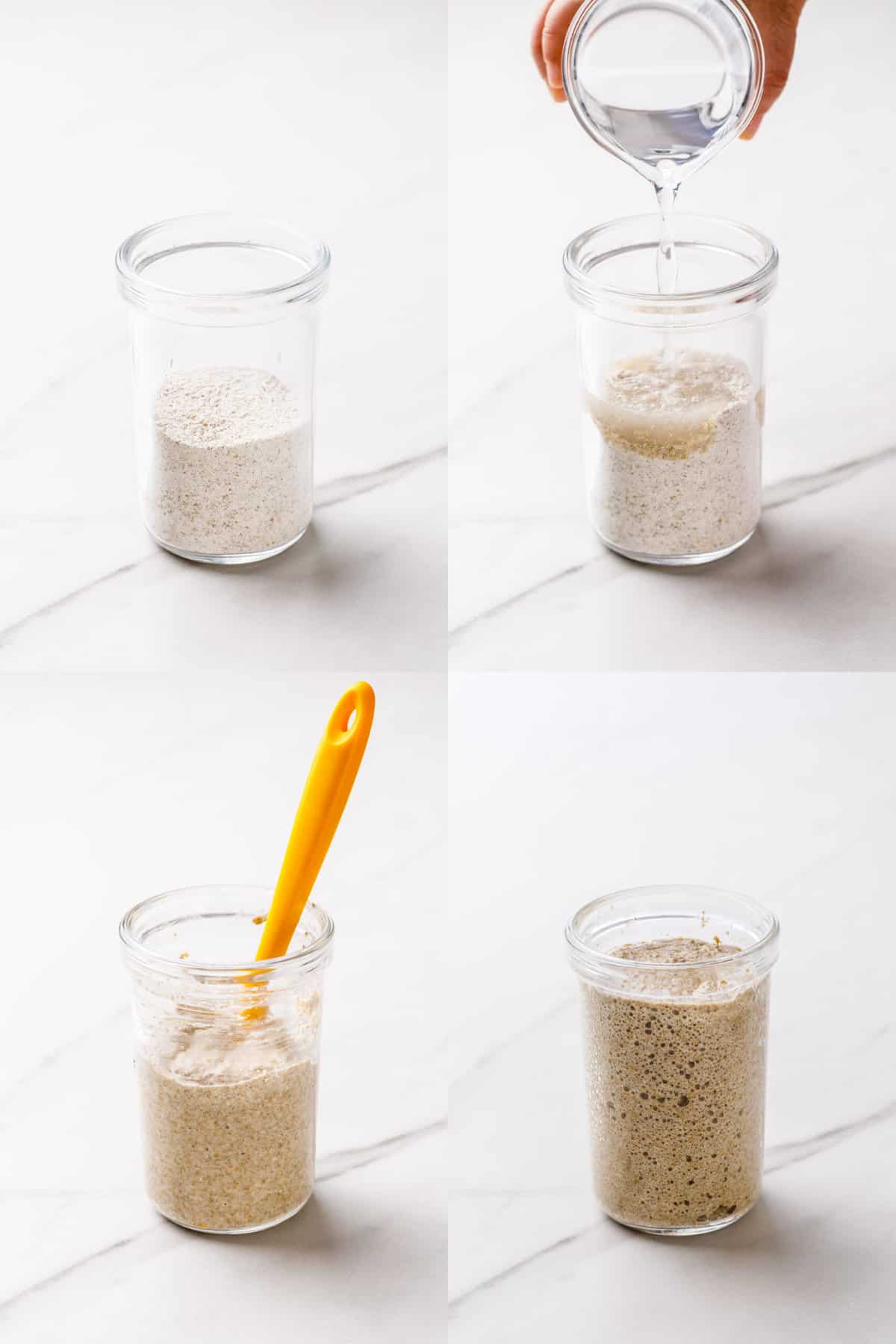
How to Make a Sourdough Starter: A Day-By-Day Guide
Grab My Favorite Tools
Click on the products below to see my favorite tools for making this recipe!
- Day 1: In a clean 8-ounce glass jar with a lid, combine 100 grams of rye flour and 125 grams of warm water. Stir to combine the flour with the liquid until it has a smooth consistency. Cover the jar loosely with fabric and a rubber band. Then, let the sourdough starter rest on the counter in a warm place for 24 hours.
- Day 2: In a clean 8-ounce glass jar, add 75 grams of the mixture from Day 1 (throw away the remaining mixture. Then, clean and sterilize the jar to eliminate any bacteria.), 50 grams of rye flour, 50 grams of bread flour, and 115 grams of warm water (about 1/2 cup water). Stir everything together, and rest the sourdough starter in a warm space for 24 hours.
- Day 3: In another clean 8-ounce glass jar, combine 75 grams of the mixture from Day 2 (throw away the remaining mixture. Then, clean and sterilize the jar.), 50 grams of rye flour, 50 grams of bread flour, and 115 grams of warm water. Stir everything together, and rest the sourdough starter in a warm space for 24 hours.
- Day 4 – Morning: In a clean 8-ounce glass jar, combine 75 grams of the mixture from Day 3 (Throw away the remaining mixture. Then, clean and sterilize the jar.), 50 grams of rye flour, 50 grams of bread flour, and 115 grams of warm water. Mix to combine, and rest the sourdough starter in a warm space for 12 hours.
- Day 4 – Evening: Remove all but a 75 gram portion of the starter from the jar, discarding the rest. Add 50 grams of rye flour, 50 grams of bread flour, and 115 grams of warm water to the jar. Stir, and let the sourdough starter rest in a warm space overnight. Moving forward, you’ll continue to use the same jar instead of moving to a fresh one!
- Day 5 – Morning: Remove all but 75 grams of starter from the jar, discarding the rest. Then, add 50 grams of rye flour, 50 grams of bread flour, and 115 grams of warm water. Mix, and let the sourdough starter rest in a warm space for 12 hours.
- Day 5 – Evening: Remove all but 75 grams of starter from the jar, discarding the rest. Next, add 50 grams of rye flour, 50 grams of bread flour, and 115 grams of warm water. Stir, and let the sourdough starter rest in a warm space overnight.
- Day 6 – Morning: Remove all but 75 grams of starter from the jar, discarding the rest. Add 50 grams of rye flour, 50 grams of bread flour, and 115 grams of warm water. Mix, and let the sourdough starter rest in a warm space for 12 hours.
- Day 6 – Evening: Remove all but 75 grams of starter from the jar, discarding the rest. Once again, add 50 grams of rye flour, 50 grams of bread flour, and 115 grams of warm water. Mix, and let the sourdough starter rest in a warm space overnight.
- Day 7 and beyond: In the morning, remove all but 20 grams of starter from the jar, discarding the rest. Then, add 30 grams of rye flour, 70 grams of bread flour, and 100 grams of warm water. Mix, cover loosely, and let the mixture rest in a warm place for 12 hours. In the evening, repeat the same process.
- At this point, your starter will be rising and falling in a predictable pattern. Continue your twice-a-day feeding schedule. As you feed your starter, you can pour the extra sourdough discards down the drain. Or, use them to make pancakes, waffles, etc. (If you do a Google search for “sourdough discard recipes,” you’ll find lots of ideas!)
Ways to Use This Sourdough Starter Recipe
Once you have a sourdough starter, you can use it to make all sorts of delicious things beyond bread! Here are some ideas:
- Pancakes or waffles – Use your starter to make sourdough pancakes or waffles for breakfast.
- Pizza crust – A sourdough starter is the perfect way to add a little extra flavor to your pizza crust.
- Crackers – Use sourdough starter when making homemade crackers for an extra-flavorful snack.
- Pretzels – You can make sourdough pretzels for pairing with your favorite mustard or cheese dip.
- Focaccia – This Italian bread can be made with a sourdough starter.
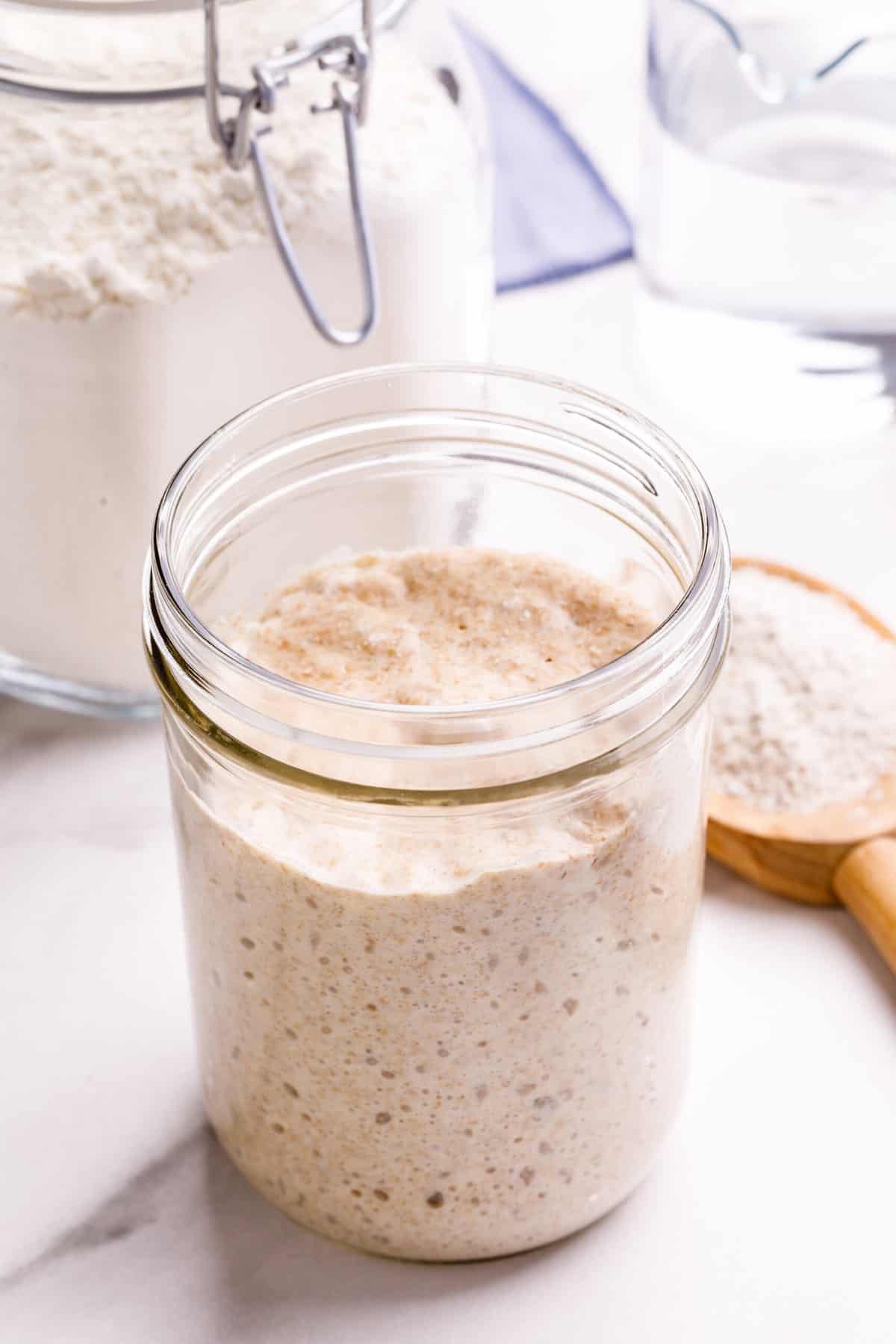
How to Store Sourdough Starter
Store your sourdough starter in the fridge until you’re ready to bake. Be sure to feed your sourdough starter once or twice a day. To do so, add an equal weight of water and flour.
If you don’t feed your sourdough starter, it essentially becomes sourdough starter discard. Then, you can’t use it for baked goods like bread!
Quick Tip
If you have a kitchen scale, use it for this recipe! It’s important to be precise when baking sourdough bread, and a scale is far superior to measuring with cups and tablespoons.
FAQs
It usually takes around 7 days to make a sourdough starter from scratch. However, this will vary depending on the temperature and humidity of your kitchen.
The ideal temperature for making a sourdough starter is between 70 and 80 degrees Fahrenheit (21 and 27 degrees Celsius), or around room temperature.
You should feed your sourdough starter at least once a day, but preferably twice a day. However, if you are not using your starter regularly, you can stretch the feeding to every other day.
If you are not using your starter regularly, you can skip a feeding or two. However, if you plan on using your starter soon, it is best to keep up with the daily feedings.
A peaked starter is one that has doubled in size and then fallen back down. To test if your starter is peaked, scoop out a small amount of the starter, and drop it into a bowl of water. If the starter floats, it is peaked.
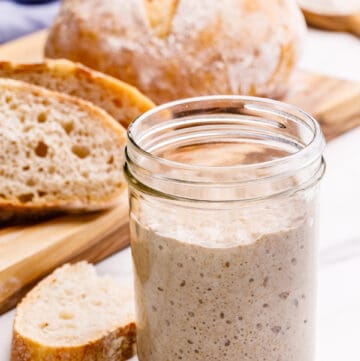
Sourdough Starter
Equipment
- 8-ounce glass jars
- Kitchen Scale
Ingredients
- 300 grams unbleached bread flour (1¼ cups)
- 400 grams whole grain rye flour (2½ cups)
- 800 grams water (3½ cups)
Instructions
- Day 1: In a clean 8oz glass jar, add 100g (8 tbsp) rye flour and 125g (½ cup) warm water. Stir with a small spatula to combine. Let rest in a warm space for 24 hours.
- Day 2: In a clean 8oz glass jar, add 75g (¼ cup) of the mixture from Day 1 (throw away the remaining mix and clean & sterilize the jar,) 50g (⅖ cup) of rye flour, 50g (⅖ cup) of bread flour, and 115g (½ cup) of warm water. Mix everything together with a small spatula and let it rest in a warm space for 24 hours.
- Day 3: In a clean 8oz glass jar, add 75g (¼ cup) of the mixture from Day 2 (throw away the remaining mix and clean & sterilize the jar,) 50g (⅖ cup) of rye flour, 50g (⅖ cup) of bread flour, and 115g (½ cup) of warm water. Mix everything together with a small spatula and let it rest in a warm space for 24 hours.
- Day 4: (Morning) In a clean 8oz glass jar, add 75g (¼ cup) of the mixture from Day 3 (throw away the remaining mix and clean & sterilize the jar,) 50g (⅖ cup) of rye flour, 50g (⅖ cup) of bread flour, and 115g (½ cup) of warm water. Mix everything together with a small spatula and let it rest in a warm space for 12 hours.
- (Evening) Remove all but 75g (¼ cup) of starter from the jar (discard the rest) and add 50g (⅖ cup) of rye flour, 50g (⅖ cup) of bread flour, and 115g (½ cup) of warm water. Mix everything together with a small spatula and let it rest in a warm space overnight. Moving forward, you’ll continue to use the same jar instead of moving to a fresh one.
- Day 5: (Morning) Remove all but 75g (¼ cup) of starter from the jar (discard the rest) and add 50g (⅖ cup) of rye flour, 50g (⅖ cup) of bread flour, and 115g (½ cup) of warm water. Mix everything together with a small spatula and let it rest in a warm space for 12 hours.
- (Evening) Remove all but 75g (¼ cup) of starter from the jar (discard the rest) and add 50g (⅖ cup) of rye flour, 50g (⅖ cup) of bread flour, and 115g (½ cup) of warm water. Mix everything together with a small spatula and let it rest in a warm space overnight.
- Day 6: (Morning) Remove all but 75g (¼ cup) of starter from the jar (discard the rest) and add 50g (⅖ cup) of rye flour, 50g (⅖ cup) of bread flour, and 115g (½ cup) of warm water. Mix everything together with a small spatula and let it rest in a warm space for 12 hours.
- (Evening) Remove all but 75g (¼ cup) of starter from the jar (discard the rest) and add 50g (⅖ cup) of rye flour, 50g (⅖ cup) of bread flour, and 115g (½ cup) of warm water. Mix everything together with a small spatula and let it rest in a warm space overnight.
- Day 7+: (Morning) Remove all but 20g (3 tbsp) of starter from the jar (discard the rest) and add 30g (4 tbsp) rye flour, 70g (½ cup) bread flour, and 100g (8 tbsp) warm water. Mix thoroughly with a small spatula, cover loosely, let rest in a warm place for 12 hours. In the evening, repeat the same process. At this point your starter should be rising and falling in a predictable pattern. Continue to feed with the previous ratio twice per day.
Notes
Nutrition
Did you make this Sourdough Starter? Be sure to leave a rating and a comment below!
More DIY Kitchen Staples
All Recipes
How To Make The Perfect Omelet
All Recipes
Homemade Pie Crust
All Recipes
How To Make Homemade Pancake Mix
All Recipes
The EASIEST Taco Seasoning Recipe
All Recipes
